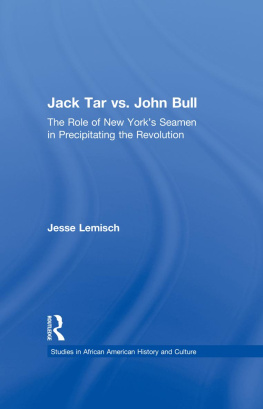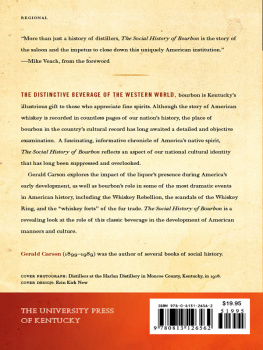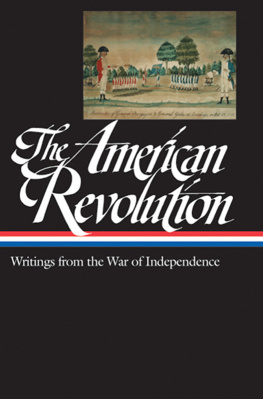First published 1997 by Garland Publishing, Inc.
This edition Published 2014 by Routledge
711 Third Avenue, New York, NY 10017, USA
2 Park Square, Milton Park, Abingdon, Oxon OX14 4RN
Routledge is an imprint of the Taylor & Francis Group, an informa business
Copyright 1997 Jesse Lemisch
All rights reserved
Library of Congress Cataloging-in-Publication Data
Lemisch, Jesse, 1936
Jack Tar vs. John Bull: the role of New Yorks seamen in precipitating the Revolution / Jesse Lemisch.
p. cm. (Studies in African American history and culture)
Originally presented as the authors thesis (Ph. D.)Yale University, 1962.
Includes bibliographical references and index.
ISBN 0-8153-2788-9 (alk. paper)
1. New York (N.Y.)HistoryRevolution, 17751783. 2. Merchant marinersNew York (State)New YorkHistory18th century. 3. ImpressmentNew York (State)New YorkHistory18th century. I. Title. II. Title: Jack Tar versus John Bull. III. Series.
E263.N6L46 1997
973.34471dc21
97-10449
Moscows Hotel Rossiya, off Red Square, March, 1991: Again and again Jesse Lemisch and I explained our mission to the sometimes suspicious, sometimes uncomprehending clerks: we were searching for a group of Siberian miners who had come to Russias capital city to wage a hunger strike. Each one shook his or her head and answered, they are not in this section of the hotel. We realized, of course, that we might have been getting the run-around. Not one of these clerks would have wanted these hunger strikers in his or her section. But in a hotel of 5,000 rooms, and in a country with a history of bureaucratic incompetence, we could not be certain. There we were, searching for history from the bottom up in the making, in a country where early in the century those on the bottom had made some earth-shaking history.
We would not find the miners that day, but we had managed to make other connections and to learn a great deal about the popular ferment that gripped Russia after the fall of Communism and the dismantling of the Soviet Union. We had already visited Boris Kagarlitsky, the dissident left-wing intellectual and organizer who had been imprisoned during the Brezhnev years for publishing a Eurocommunist journal called Left Turn, so that we might strengthen ties within the international peace movement. And we had attended a small demonstrationa speak outat Manezh Square, where we had originally heard about the Siberian miners and their initiative. When I returned to the hotel the following day and continued to ask about the miners (Jesse had to depart for New York), I was at last saved by a hotel maid, who overheard me, pulled me aside, and furtively led me through a maze of corridors to a room in which sat six somewhat haggard but determined men. In the afternoon-long conversations that followed, I understood that a powerful history was at work; Russian miners had been among the first to form independent trade unions during the late 1980s, and were now taking the lead in defining the politics of a new era in Russian history. Their final words to mewe
I felt then, and I feel now, that there was a certain poetry in these adventures. My companion, Jesse Lemisch, was the historian who more than twenty years earlier had popularized the term history from the bottom up. I had known Jesse for several years and was not surprised to witness his consistency in approaching past and present. He had long insisted, with Brecht, that kings had not built the Seven Gates of Thebes, had not hauled the craggy blocks of stone. Therefore when we went to Moscow to attend a conference on American history, he sought out not the likes of Gorbachev, Yeltsin, or other, lesser bosses, but rather a former political prisoner, demonstrators, and hunger strikers in order to discover the truths of a turbulent history rapidly unfolding before us.
* * * * * * *
Lemisch is, of course, widely and rightly known for his work in pioneering history from the bottom up, which appeared in the late 1960s and early 1970s as a new kind of social history. He and others who helped to create this new form of peoples history (Herbert G. Gutman, Staughton Lynd, Alfred F. Young) were part of a New Left, responding to and expressing the demands for a new history then being voiced by African-Americans, students, women, and workers, as they combined in various movements for peace, justice, and power. History from the bottom up thus arose as an explicit challenge to the elitist though insular traditions of historical writing within the American academy, and more specifically to the deadening consensus approach to the American past that had grown out of the repressive atmosphere of the Cold War. Lemisch helped to define and to write the new, more generous, more inclusive history, and he fought (and fought hard) for its place within the discipline and profession of history and the larger society, over and against the conservative assumptions and practices that were then dominant. This he did at considerable personal cost, as he was fired by the University of Chicago in 1966.
Lemisch nonetheless continued to wage the battle for the new history in speech and in print. His paper, Present-Mindedness Revisited: Anti-Radicalism as a Goal of American Historical Writing Since World War II, was the centerpiece of one of the best attended and most contentious sessions in the recent history of the American Historical Association (Washington, D.C., December 1969); it was later published as On Active Service in War and Peace: Politics and Ideology in the American Historical Profession (Toronto: New
Lemisch also helped to internationalize American history and to make its study more sophisticated. One means was by adapting and popularizing the work of the British Marxist historiansChristopher Hill, Eric Hobsbawm, George Rude, and especially E.P. Thompson, all of whom eschewed dogmatism, reductionism, determinism, and excessive abstraction in favor of a flexible, concrete humanism in the writing of politically-engaged history. But Lemisch also went beyond these distinguished scholars in several respects. If the British Marxist historians, along with the French historians Georges Lefebvre and Albert Soboul, had pioneered history from below, which made historical actors of religious radicals, rioters, peasants, and artisans, Lemisch pushed the phrase and the history further and harder with history from the bottom up, a more inclusive and comprehensive formulation that brought all subjects, especially slaves and women, more fully into the historians field of vision. By insisting, in his research on sailors in the era of the American Revolution, upon the autonomous political hopes and demands of working people, he also went beyond the prevailing assumption among left historians that all popular movements before the great French Revolution were somehow pre-political or sub-political. By insisting that sailors and other workers had ideas of their own, he made a point that many historians have yet to graspthe history of the working class must be an intellectual as well as a social history.








